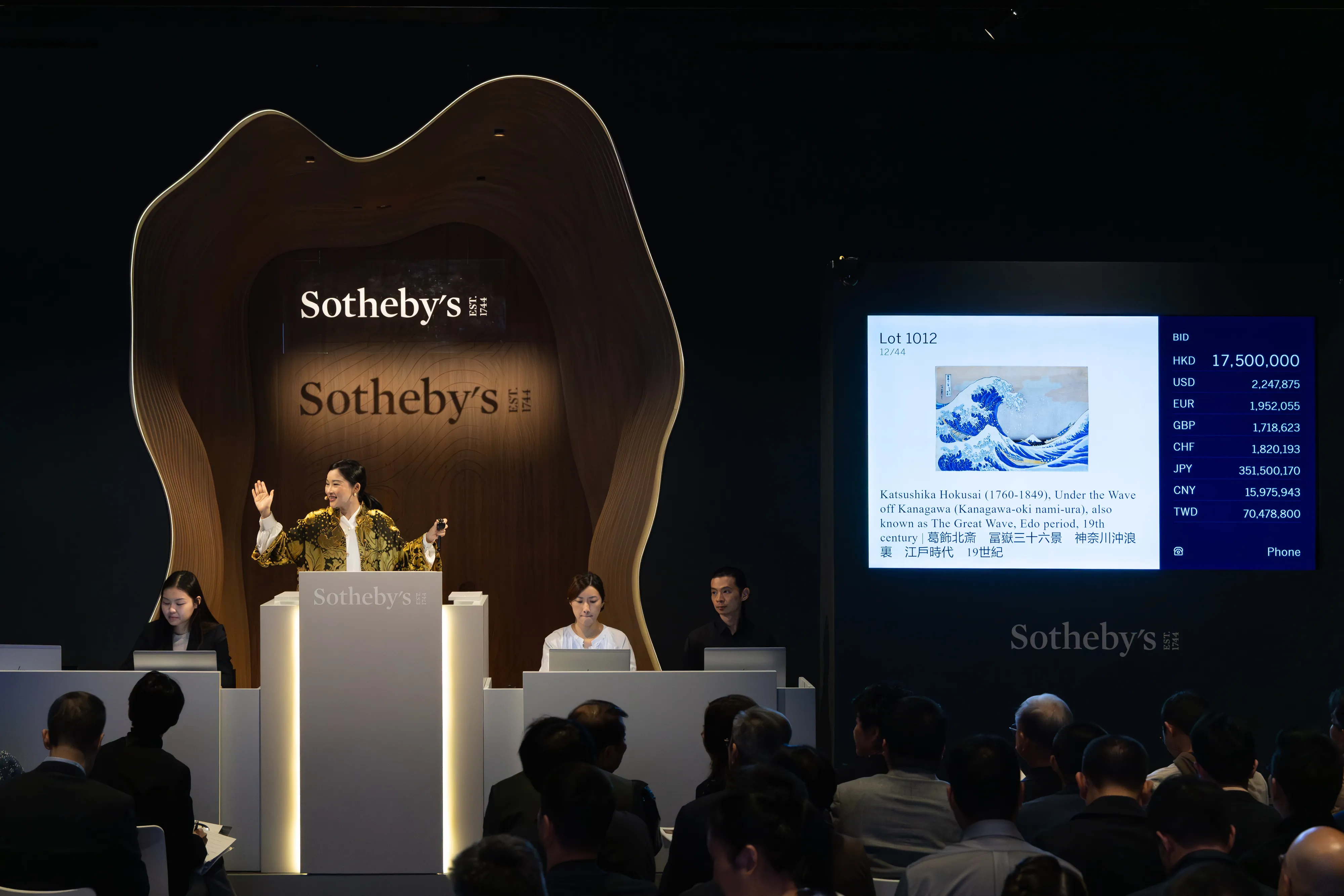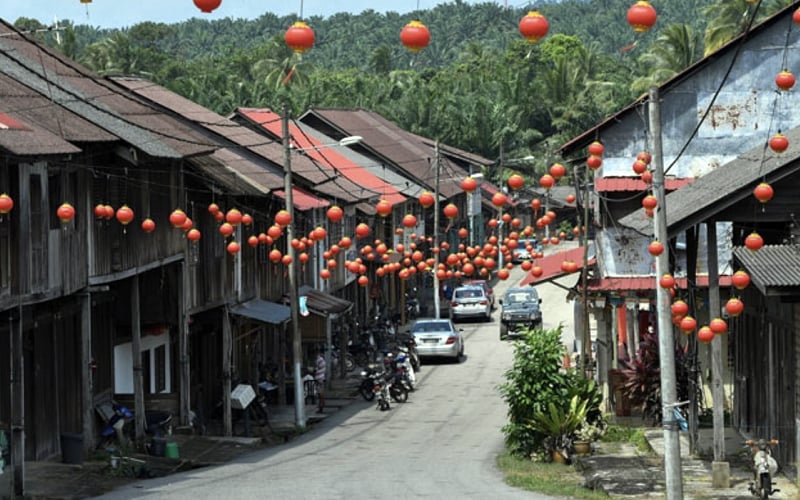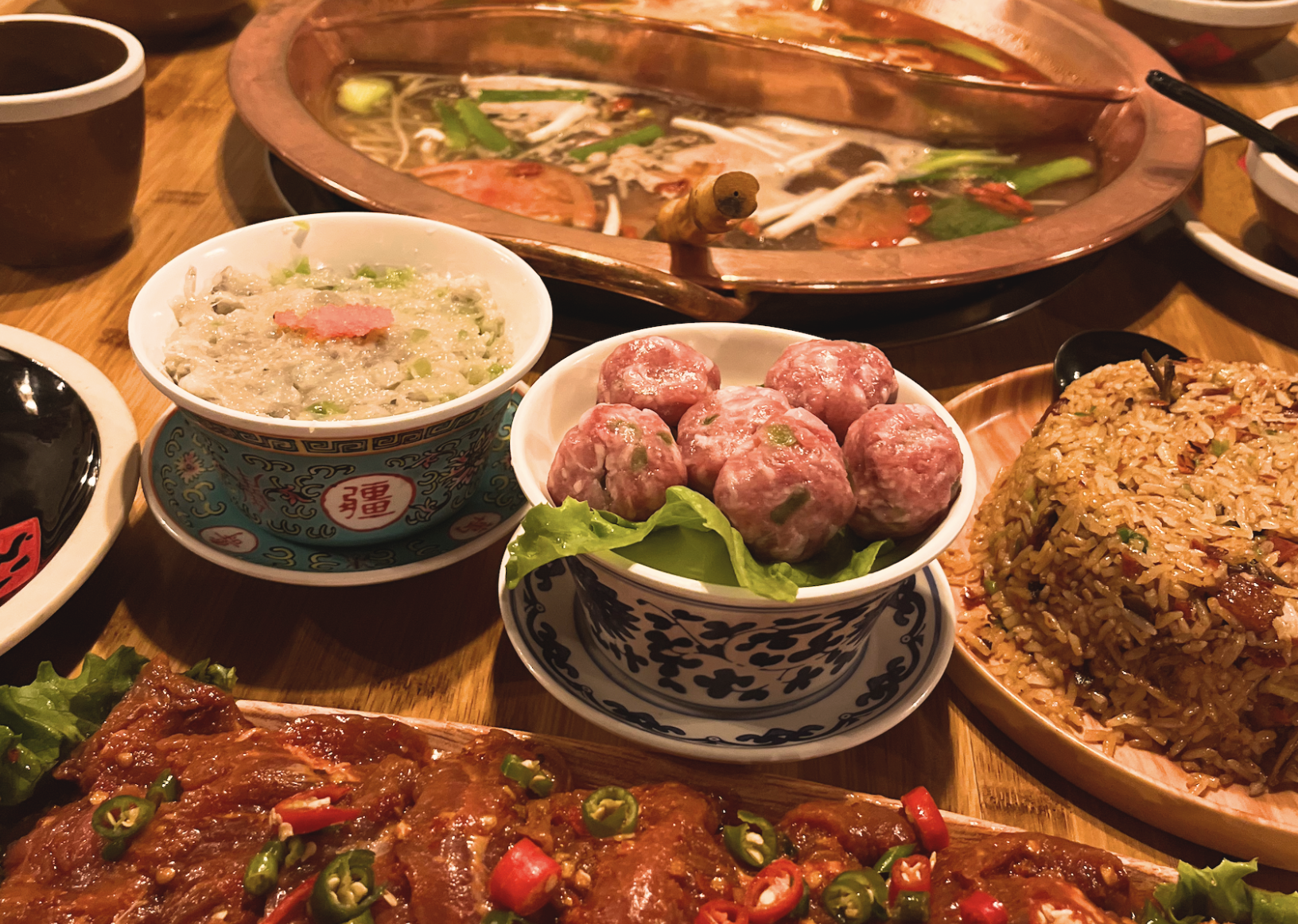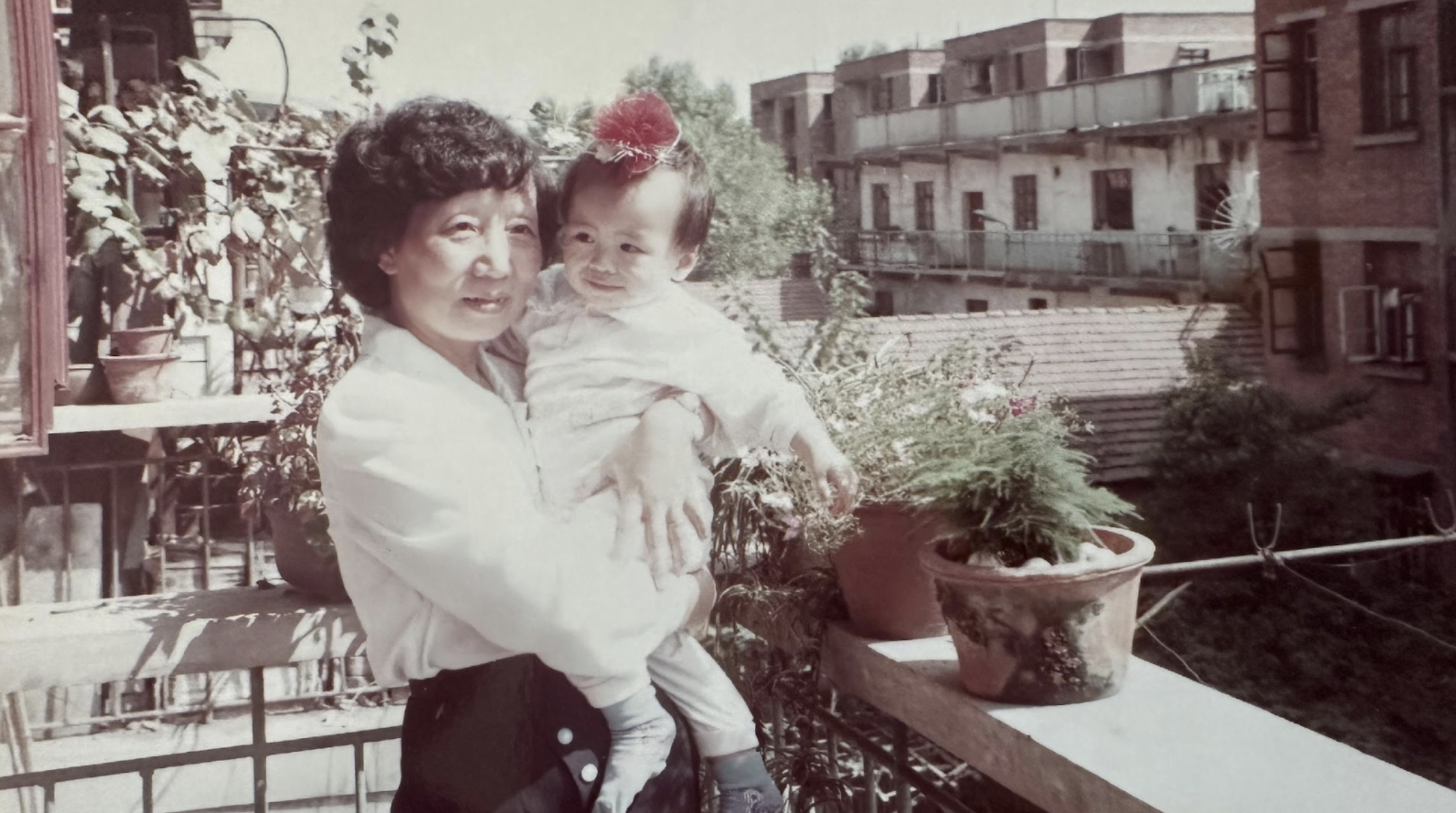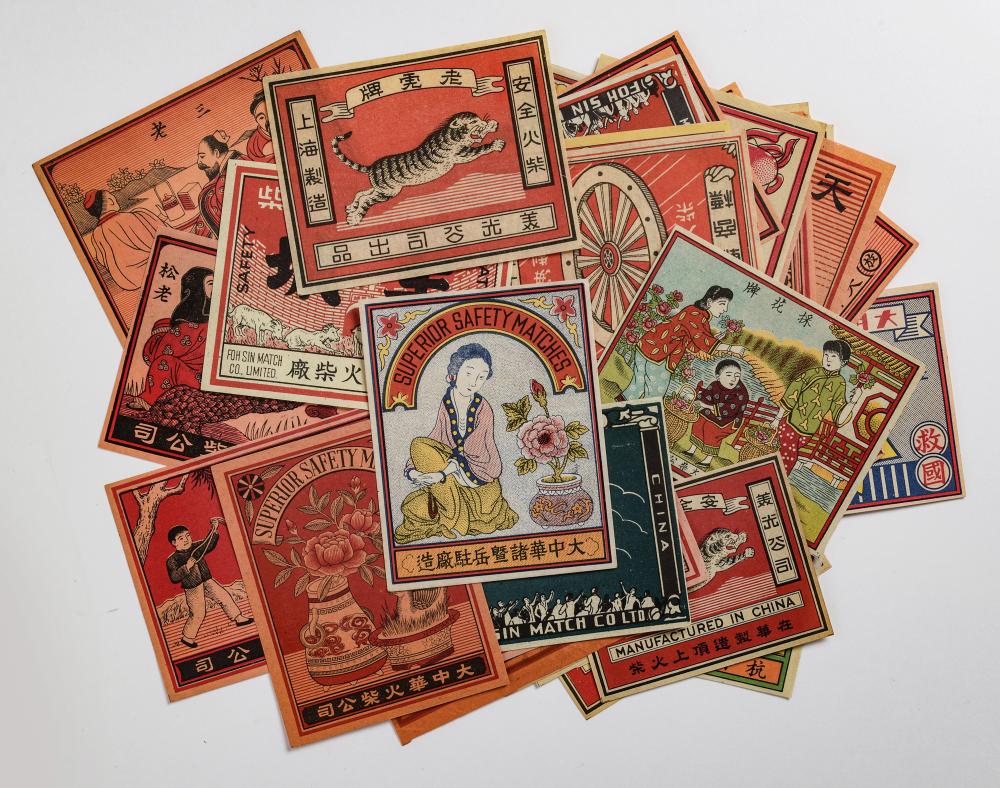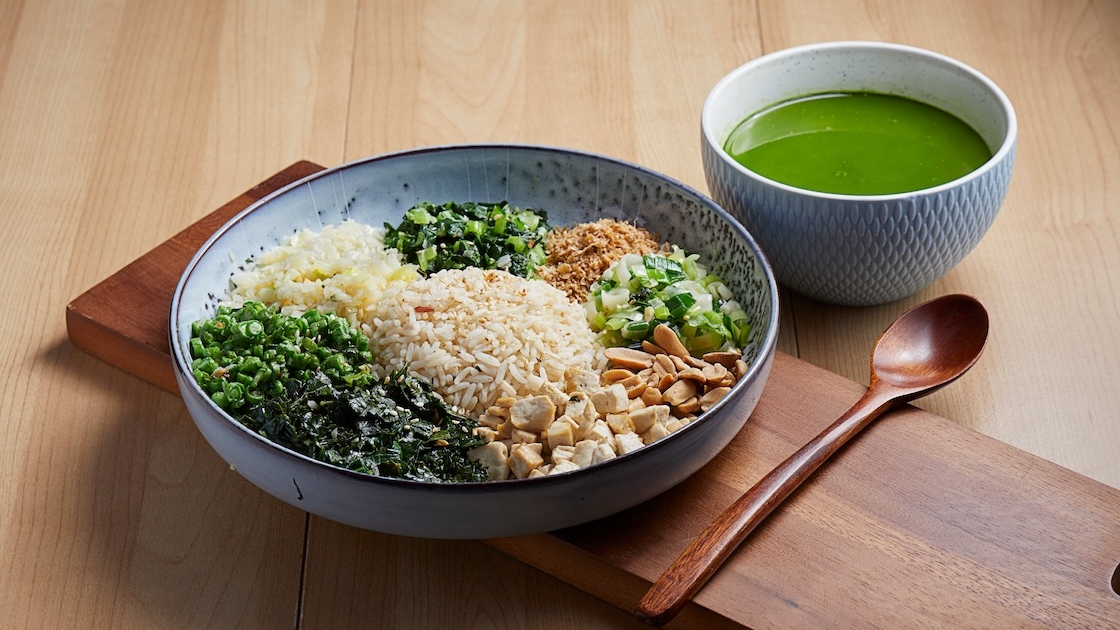Malaysia is gearing up for next year’s annual travel drive, Visit Malaysia Year 2026, by spotlighting its Chinese New Villages as cultural tourism highlights. These 613 villages, each with unique histories and cultural elements, are set to offer travelers an immersive experience in the nation’s rich tapestry.
The Malaysian Chinese New Village Secretariat, led by Chairman Khoo Poay Tiong, has announced plans to enhance infrastructure in these villages. The initiative aims to make them more appealing to tourists while stimulating local economies. Khoo emphasized that transforming these villages into tourist destinations would provide residents with opportunities to increase their income.
Historically, Chinese New Villages were established during the Malayan Emergency (1948–1960) by British colonial authorities as a countermeasure against communist insurgents. While initially serving as resettlement areas, over time, these villages have evolved into vibrant communities, each reflecting a blend of traditional Chinese culture and Malaysian influences, including the emergence of local coffee shops called kopitiams.

In recent years, there has been a growing appreciation for the cultural significance of these villages. For instance, initiatives like the Chinese New Year village decoration competition have been introduced to showcase the cultural vibrancy of these communities and encourage local pride in their heritage.
The government’s plan to promote these villages aligns with global trends in cultural tourism, where travelers seek authentic experiences that offer deeper insights into local traditions and lifestyles. By highlighting the unique aspects of Chinese New Villages, Malaysia aims to diversify its tourism offerings and attract a broader spectrum of visitors.
As Malaysia prepares for Visit Malaysia Year 2026, the focus on Chinese New Villages underscores a commitment to preserving cultural heritage while promoting sustainable tourism. This initiative not only offers tourists a glimpse into the nation’s multicultural fabric but also provides local communities with avenues for economic growth and cultural exchange.
Banner image via Bernama
